Theragun Pro massage gun review
Dr Graham Theobald tests out the Theragun
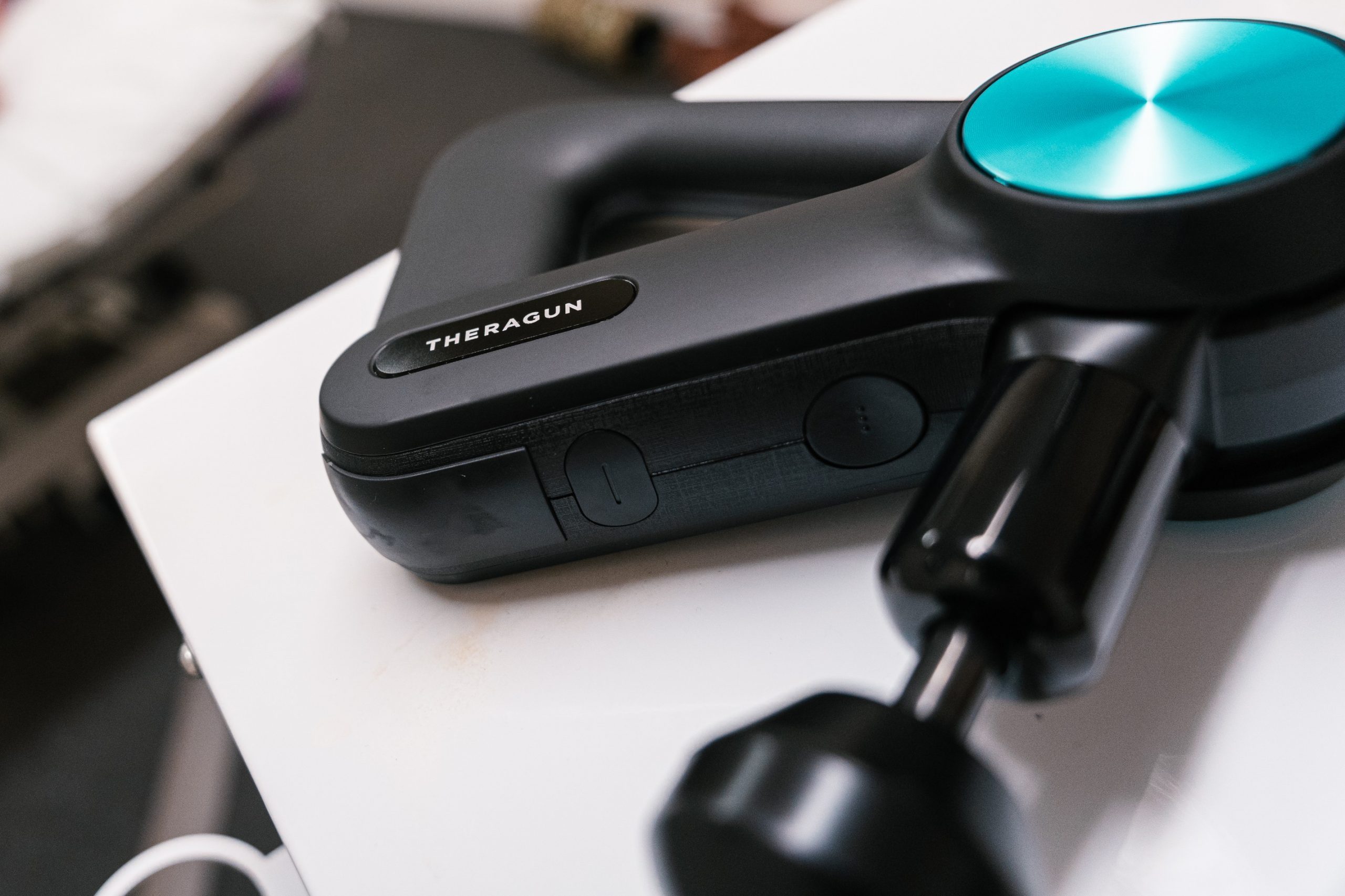
You only have to hold the Theragun Pro in your hands alongside one of its competitors to appreciate the build quality. Its well thought-through design and direction of adjustable percussive arm distributes pressure away from the hands, whereas other massage guns appear to rely on force generated by the user. This provides the user with a much more controllable and directed treatment application. While the Pro is the most expensive version available, there are other models available in the range with the same build quality. Meanwhile, Therabody's educational support inspires further confidence in the product. We will definitely be investing in more Theraguns for our clinic, and to date over 10 patients have bought their own.
-
+
Easy to use
-
+
Robust
-
+
No stall with pressure
-
+
Consistent application
-
+
Great feel in the hands
-
+
Spare battery
-
+
Smart phone app compatibility
-
+
Force indicator
-
-
Cost
-
-
On/off button can be awkward to use
-
-
Glitchy first-generation app with a much improved follow-up
-
-
Full kit doesn’t fit easily into the case
You can trust Cycling Weekly.

Our Tech Team has been wanting to put a Theragun to the test for ages, but knowing if it's effective is really a job for an expert - so we had Dr Graham Theobald, Clinical Director, Lead Clinician and Clinical Educator at The Body Rehab put it to the test. The unit arrived with Dr Theobald so he could test its effectiveness as part of a fitness feature for Cycling Weekly magazine, allowing him to compare it with other similar designs.
With coronavirus lockdowns making it less convenient for people to visit massage clinics, more and more massage guns have been appearing on social media. Sports massage has been hit hard by restrictions, and many have purchased these 'soft tissue weapons' in order to improve recovery, and relax or warm up muscles before workouts. Some are nothing more than a jigsaw gun with a (thankfully) different attachment, others such as the Theragun Pro have an innovative and well developed design, with function and application at its core.
In our physiotherapy clinic (thebodyrehab.co.uk) we have been trialling the Theragun for a few months, placing us in a good position to provide a longer-term review of this top-of-the-range product. The Theragun Pro is the flagship product from Therabody and is marketed as percussive therapy rather than a massage gun. This not just marketing spiel, but grounded in science.
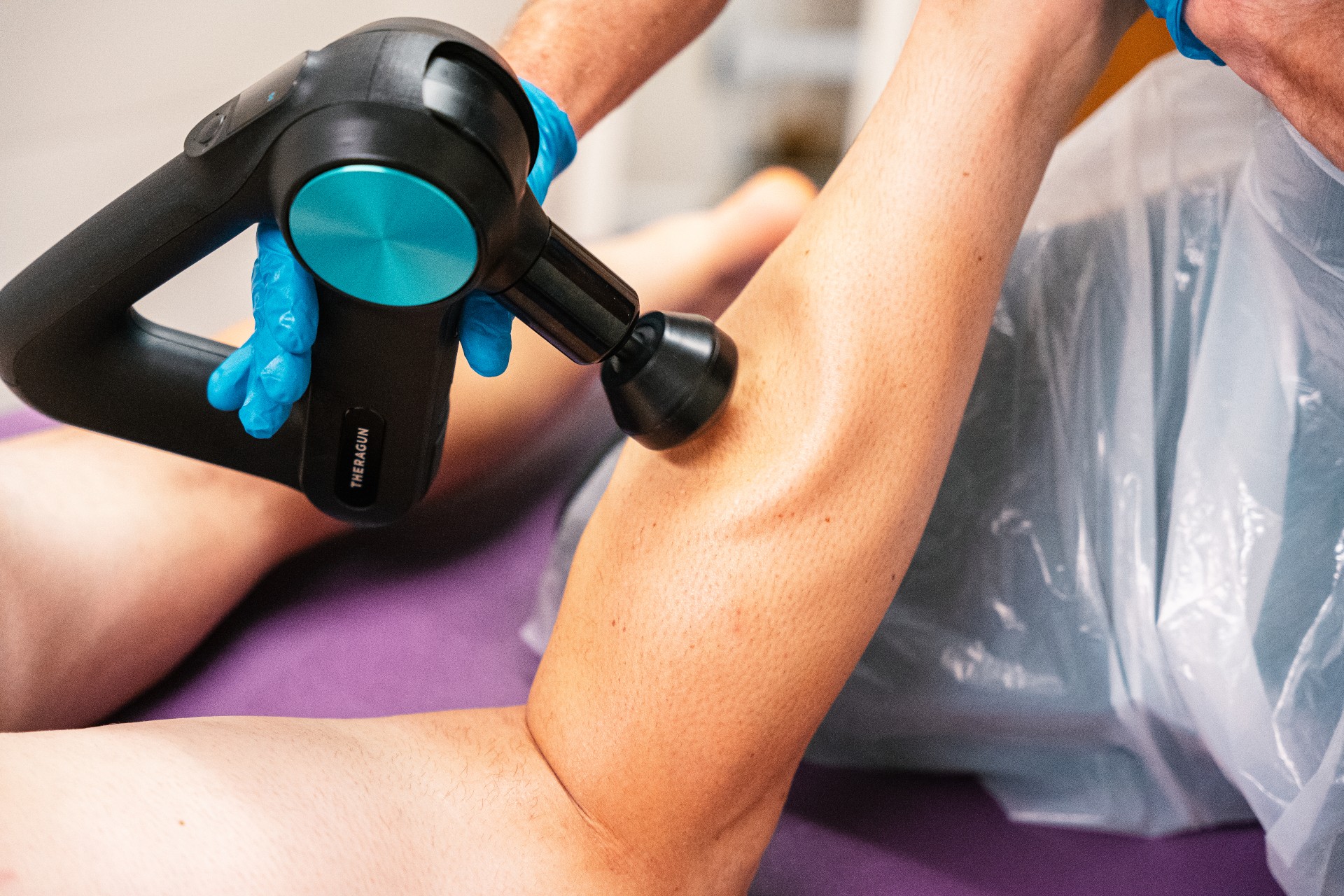
Theragun Pro: the claimed benefits
Theragun’s educational website, for clinicians and athletes, seems to take an evidence-based approach. That said, as with all such areas of therapy, when explored, this evidence does have its flaws. There are some published papers on percussive therapy but participant numbers are often too low, with varied methodologies, to provide clear results at this stage. Further research is ongoing.
Percussive therapy is described as “the rapid and repetitive application of pressure perpendicular to the body.” This stimulus causes both pressure and vibration. Larger amplitude produces a deeper muscle treatment, and the Theragun’s measured non-stall 16mm amplitude provides consistency that its current competitors cannot match. Scientifically, this helps to reliably repeat application. The added adjustable frequency range also allows treatments to be varied to tolerance. Further adaptability comes from the good assortment of interchangeable heads.
The claimed responses and benefits include:
- Increased blood flow, local temperature and oxygenation of muscles and extensibility
- Reduction in acute muscle pain, tension and soreness
- Improved recovery rate, range of motion and performance
Interestingly, vibration and stimulus to tissue has been around for millennia. Although percussive therapy combines both these principles, the evidence suggests that there are many other treatments that also claim the above responses – none of them as yet proven.
Theragun Pro: does it deliver?
So what makes the Theragun Pro better than its competition? Well, firstly it feels great in the hands. Its weight has been well considered, and whatever position of the application arm you choose (others guns do not have this versatility), you are able to use the weight/shape of the Pro to deliver the directional control required. Each different massage head offers specific applications such as plantar fascia, etc. Though guidance is given on these, we have found that over time as a physio you develop a personal preference for a particular head depending on the application.
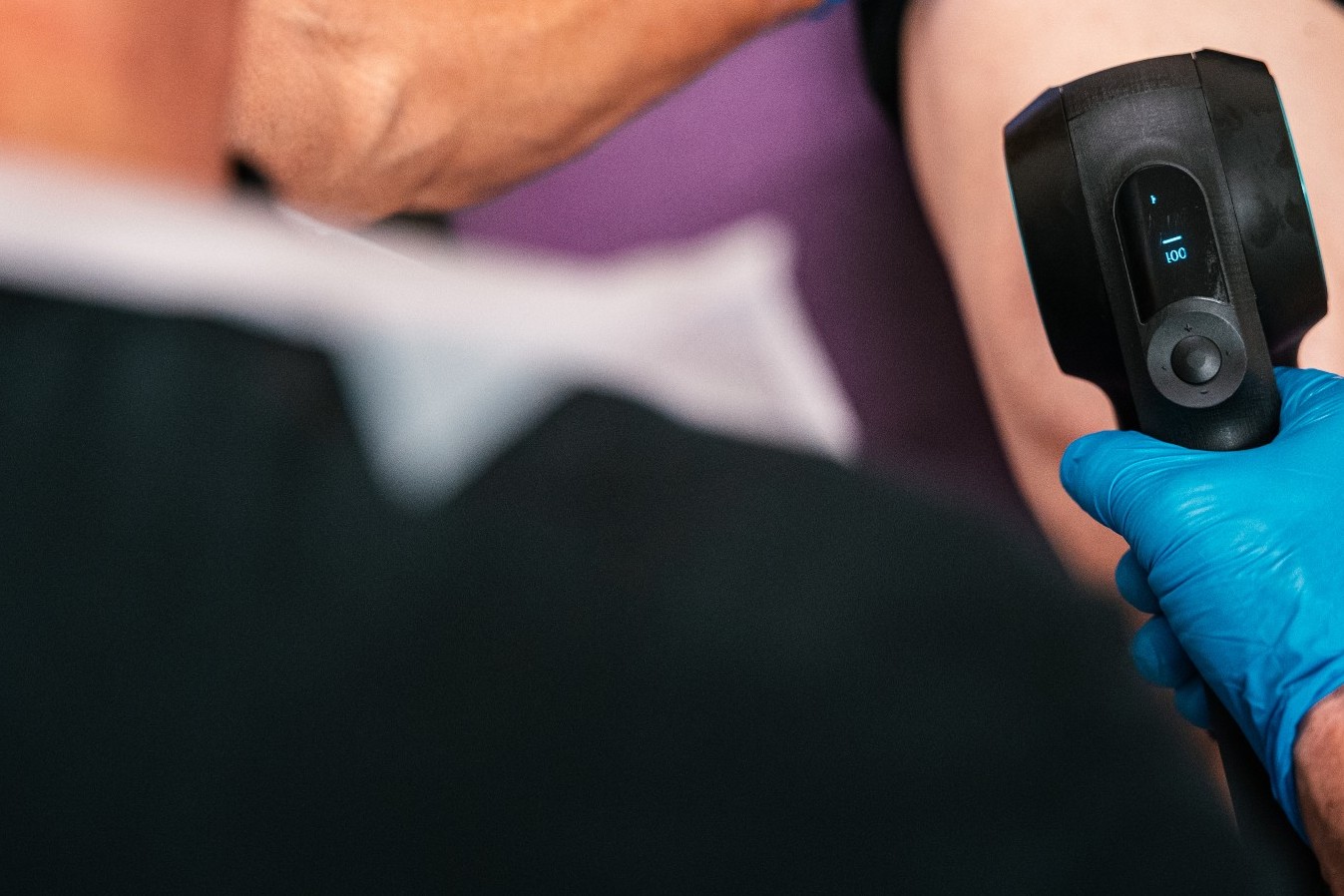
The Pro’s ability to deliver consistent amplitude and frequency is a clear differential. The various hand grip and arm positions add to its flexibility. Most other guns have just one handle, making it harder to access difficult-to-reach areas.
The two wireless batteries have acceptable longevity – just over an hour per battery max (albeit not as long as the claimed figure of 1.5 hours), and the fact that you have the extra battery is helpful. The wireless charging station is available as an accessory and can be useful if using the Theragun clinically.
We have used the Pro to warm up tissue prior to further therapy and/or exercise, treat soreness and de-tone muscles. All our physios have reported very positive responses from their patients with regards to outcomes, though as with all treatments of this kind, the longevity of these outcomes remains questionable and has not been measured to date.
Personally, I have used the Pro for a while now and can categorically say that my muscles have felt better for the pre-workout stimulation and that areas treated after exercise seem less sore too. I can definitely feel a difference after use and this is supported by patient experiences.
An added benefit for therapists is that the gun, compared to administering manual hands-on massage, prevents a lot of soreness to our hands and provides the same stimulus required in a far shorter time. This allows us to spend more focused time with patients. As for recovery improvements, more research is needed, and besides, such outcome measurements are difficult to determine. Conventional massage may appeal more to some due to the ability to feel the tissue and determine its effects on elasticity. So far, however, the feedback from patients is positive.

Thank you for reading 20 articles this month* Join now for unlimited access
Enjoy your first month for just £1 / $1 / €1
*Read 5 free articles per month without a subscription

Join now for unlimited access
Try first month for just £1 / $1 / €1
Get The Leadout Newsletter
The latest race content, interviews, features, reviews and expert buying guides, direct to your inbox!
Michelle Arthurs-Brennan the Editor of Cycling Weekly website. An NCTJ qualified traditional journalist by trade, Michelle began her career working for local newspapers. She's worked within the cycling industry since 2012, and joined the Cycling Weekly team in 2017, having previously been Editor at Total Women's Cycling. Prior to welcoming her first daughter in 2022, Michelle raced on the road, track, and in time trials, and still rides as much as she can - albeit a fair proportion indoors, for now.
Michelle is on maternity leave from April 2025 until spring 2026.
-
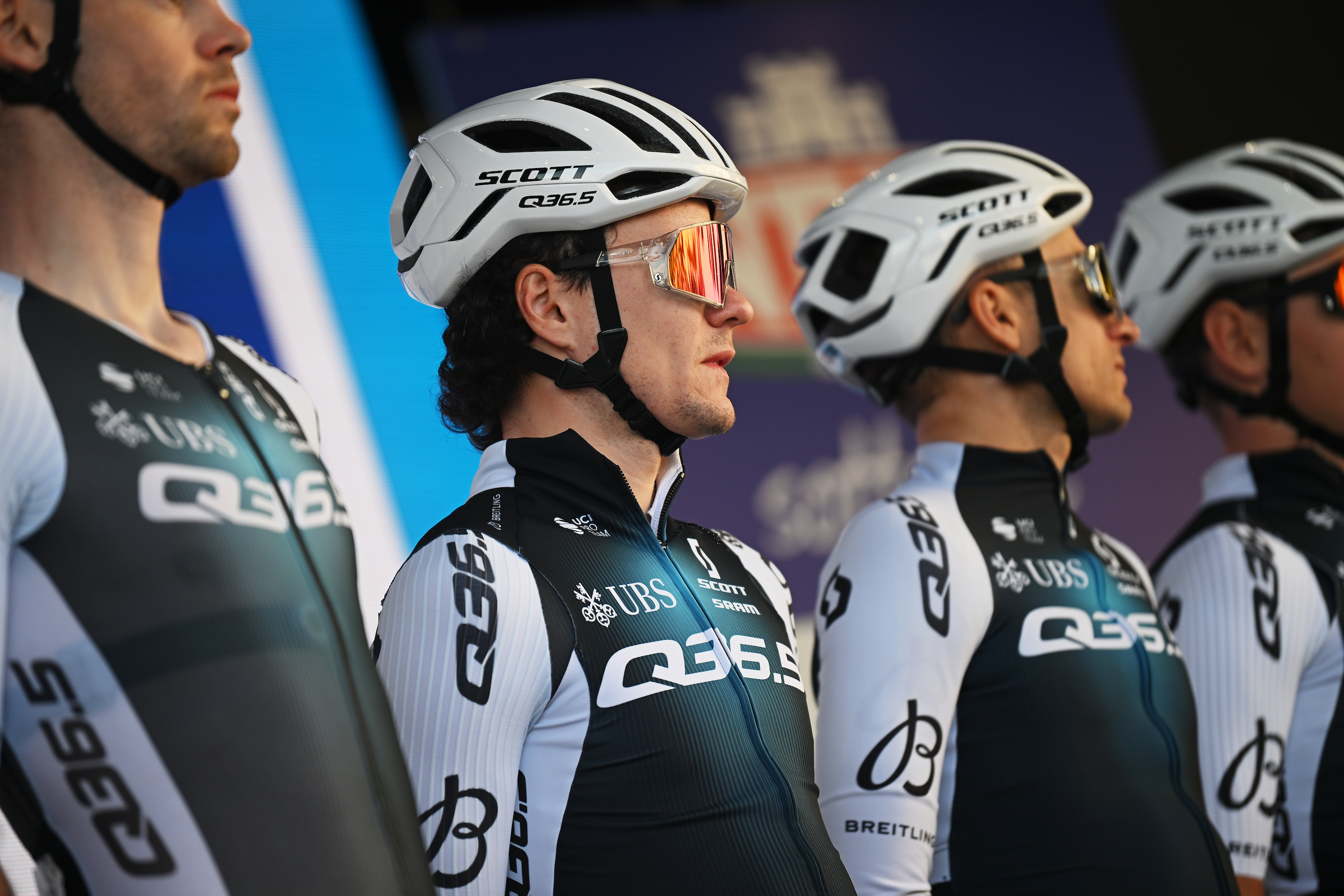 'I thought it would be dark by the time I got here' - Joey Pidcock, the last rider to finish Paris-Roubaix, on his brutal day out
'I thought it would be dark by the time I got here' - Joey Pidcock, the last rider to finish Paris-Roubaix, on his brutal day outQ36.5 rider finishes outside time limit, but still completes race with lap of the Roubaix Velodrome
By Adam Becket Published
-
 The stats behind Mathieu van der Poel’s record-breaking Roubaix success
The stats behind Mathieu van der Poel’s record-breaking Roubaix successThe Dutchman's eighth success in a Monument underlined his standing among the Classics greats
By Peter Cossins Published
-
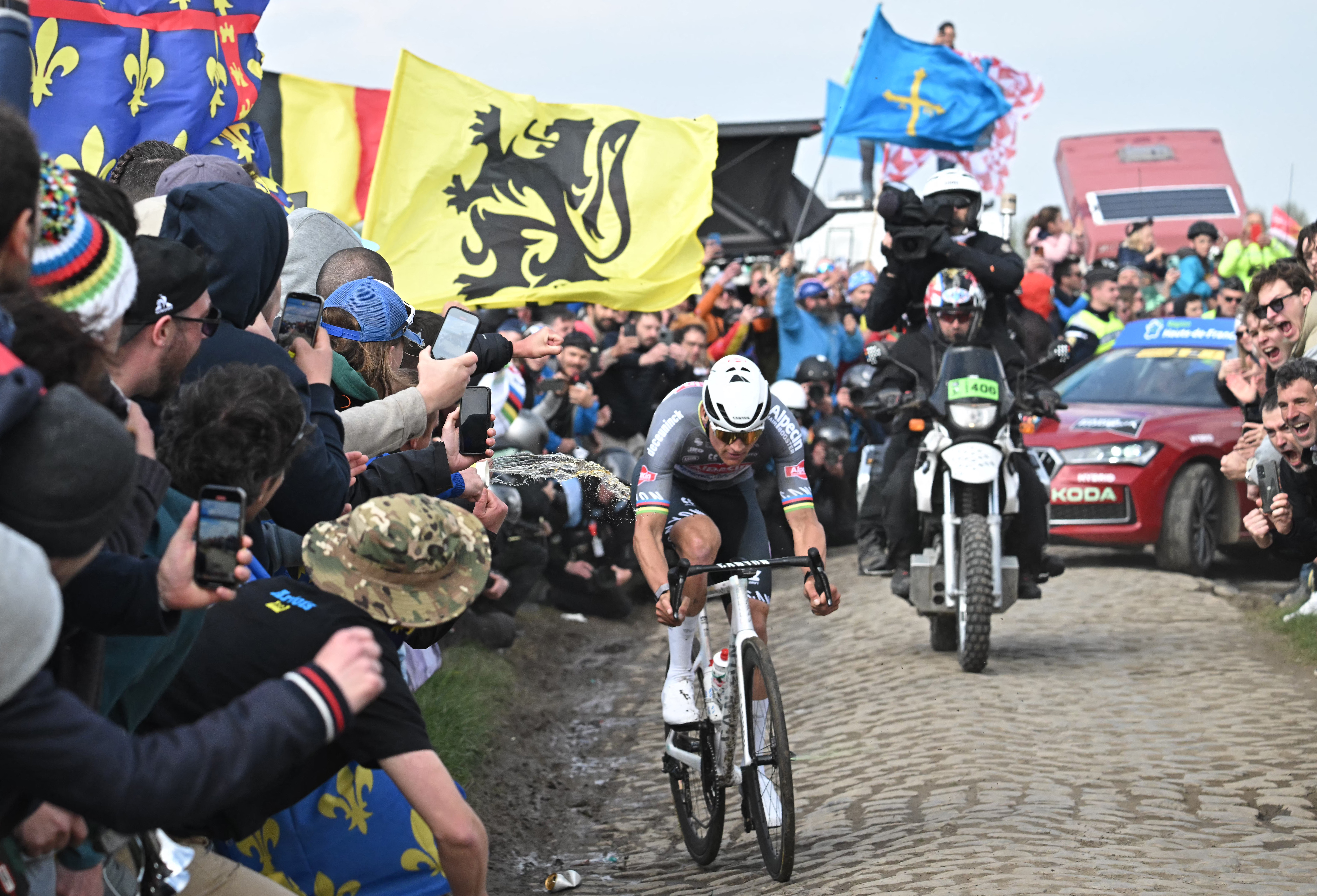 'It was like a stone hitting my face' - Mathieu van der Poel calls for 'legal action' after bottle incident at Paris-Roubaix
'It was like a stone hitting my face' - Mathieu van der Poel calls for 'legal action' after bottle incident at Paris-RoubaixThe winner was hit by a bottle in the face on Templeuve, sector 8b
By Adam Becket Published